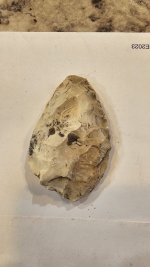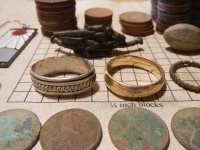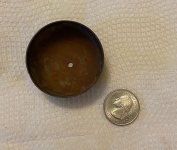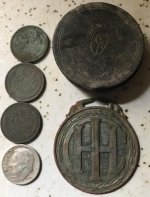wbtaylor73
Newbie
- Feb 22, 2021
- 2
- 16
- Primary Interest:
- All Treasure Hunting
55 years ago my brother-in-law found (dug up?) this cannonball during a Boy Scouts camping trip to the Gettysburg area.
He died awhile back and it was given to his sister.
She needed $$$ so I bought it for $100.00.
Details: The cannonball has a diameter of 6.37 inches and weighs 40 lbs. It's solid and there are no holes in it.
If anyone knows anything about this, I'd appreciate any help given as to what I may have.
Is it a $100 piece of garbage?
He died awhile back and it was given to his sister.
She needed $$$ so I bought it for $100.00.
Details: The cannonball has a diameter of 6.37 inches and weighs 40 lbs. It's solid and there are no holes in it.
If anyone knows anything about this, I'd appreciate any help given as to what I may have.
Is it a $100 piece of garbage?


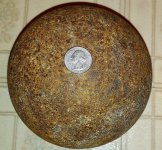
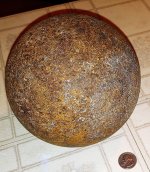
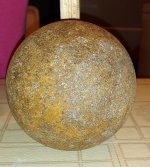
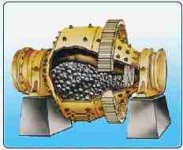

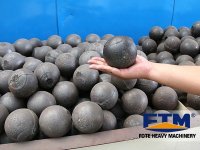
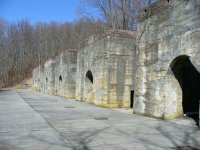
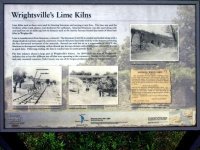
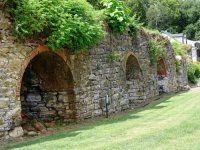
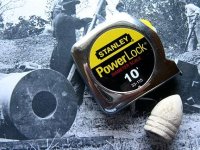
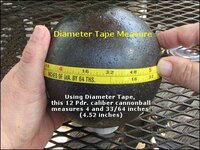
 But unfortunately, it cannot be done. The only do-able possibility is to click on my name and use the "View (past) Forum Posts" option, which lets you view the most-recent 999 of my 10,200 relic-ID posts at T-Net.
But unfortunately, it cannot be done. The only do-able possibility is to click on my name and use the "View (past) Forum Posts" option, which lets you view the most-recent 999 of my 10,200 relic-ID posts at T-Net.
